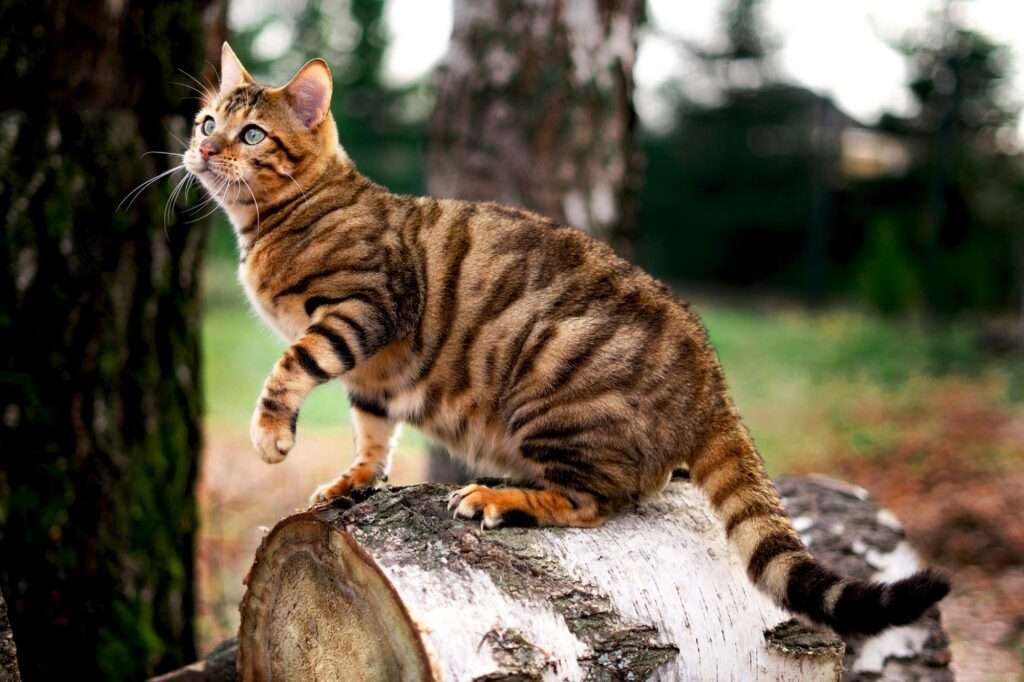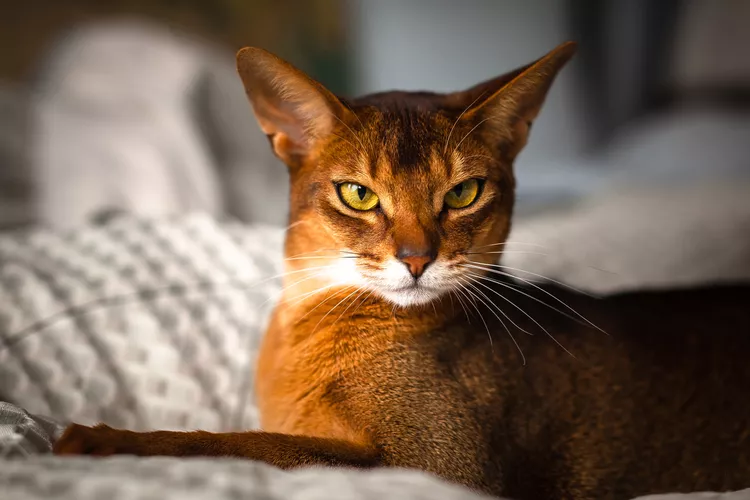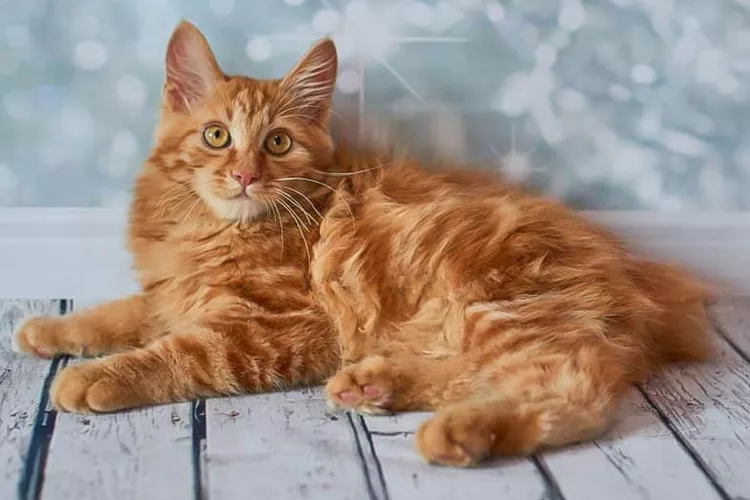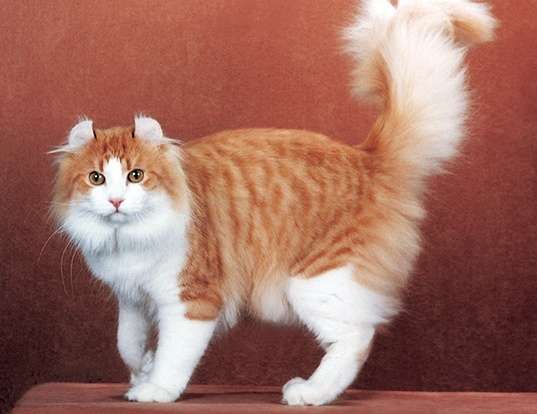
Description
Size: 7-15 pounds
The toyger’s broken, vertical orange and black or brown-bordered stripes give it a distinctly tiger-like appearance. The markings are described as “dark markings on a vividly bright orange background on the outer to top portions of the cat with a whited ground colour on the undersides and insides…enhanced by the scatter of gold glitter over the top.” by the International Cat Association. There are distinct marks on every cat. A toyger’s fur pattern is irregular, unlike the circular rosettes or mackerel stripes of a tabby. No other domestic cat breed has the circular marks on the perfect toyger’s head. It doesn’t have hypoallergenic short, distinctively patterned fur.
The toyger’s broken, vertical orange and black or brown-bordered stripes give it a distinctly tiger-like appearance. The markings are described as “dark markings on a vividly bright orange background on the outer to top portions of the cat with a whited ground colour on the undersides and insides…enhanced by the scatter of gold glitter over the top.” by the International Cat Association.2 There are distinct marks on every cat. A toyger’s fur pattern is irregular, unlike the circular rosettes or mackerel stripes of a tabby. No other domestic cat breed has the circular marks on the perfect toyger’s head. It doesn’t have hypoallergenic short, distinctively patterned fur.
Origin and History
Breeder Judy Sugden, a descendant of the first Bengal cat breeder Jean Mill, experimented with mackerel tabbies in the 1980s. These cats are distinguished by their untamed stripes and a “M”-shaped mark on their foreheads. Sugden noticed that Millwood Sharp Shooter, her Bengal cat, had round markings on its head rather than the customary “M” shape. The spots gave Sugden the insight that he could create a domestic cat that closely resembled a tiger.
Sugden then began a breeding programme with two cats: Millwood Rumpled Spotskin, a big-boned Bengal, and Scrapmetal, a domestic shorthair tabby. Sugden imported Jammie Blu, a street cat from Kashmir, India, in 1993 in order to expand the breeding pool and speed up the programme. He had the distinctive, odd marking between his ears. Later on in the year, pioneering breeders Anthony Hutcherson and Alice McKee joined Sugden’s endeavour. The International Cat Association approved the toyger for registration, and in 2007, it was designated as a championship breed, securing its acceptance in cat events.
Behavior
Activity Level: high
Social Needs: a sweet, calm and is generally friendly
The toyger is often amiable and has a lovely, tranquil disposition. He is confident enough to get along with other cats and amiable dogs, outgoing enough to walk on a leash, active enough to play fetch and other interactive activities.
As Pet

Diet and Nutrition
Toygers have the same dietary needs as any domestic short-haired cat. Working with your vet to choose the ideal food will help you avoid obesity, which can shorten your cat’s lifespan. Give your toyger access to fresh, clean water as well as high-quality wet and dry food. A tiny piece of meat is always a wonderful choice as a reward for your toyger.
Grooming and Exercise
For the majority of domestic cats, taking care of a toyger is routine. Playtime and grooming should be simple for both owner and cat due to their amiable nature.
Toyger cats need daily exercise because they are inherently energetic. Because toygers are highly trainable, you can teach them to fetch and walk on a leash. Leash-walking isn’t required, though. Toygers are typically active inside, so alone time can be sufficient exercise. Even though toygers have short hair, they still shed a lot and need to be groomed once a week. Additionally important are frequent nail trimming, tooth brushing, and ear cleansing.
Table





